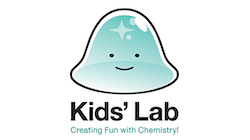
Kids' Lab Activity Book
Each page is loaded with engaging experiments, challenging puzzles, and lots of cool chemistry coloring pages. Be inspired by the chemistry all around you and discover how fun and exciting science can be.

Each page is loaded with engaging experiments, challenging puzzles, and lots of cool chemistry coloring pages. Be inspired by the chemistry all around you and discover how fun and exciting science can be.
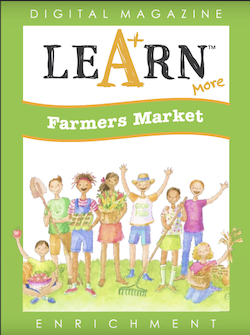
Learn more about food grown in all 50 states in this digital magazine. Each page includes top agricultural states, crop life cycles, fun facts, special days, and more. Start a conversation about where food comes from.
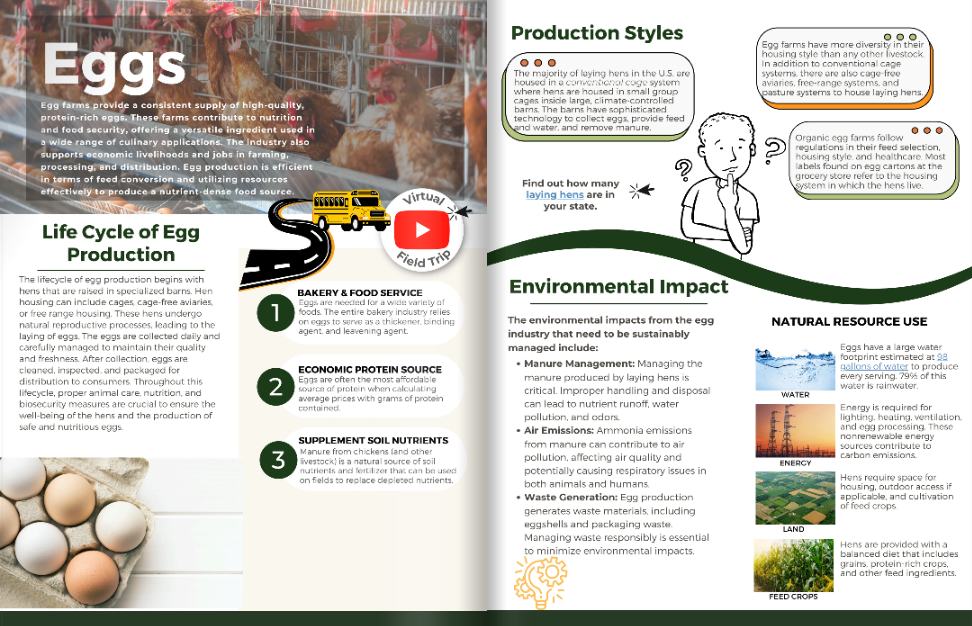
This e-magazine answers four questions about livestock. What natural resources are required to raise livestock? What do modern livestock farms look like? How does livestock production impact the environment? What do livestock contribute to our society? Explore these questions for the dairy, beef, pork, egg, poultry, and lamb industries.
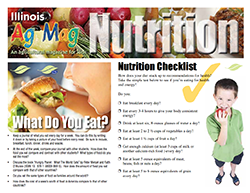
The Nutrition Ag Mag is an agricultural magazine for students. This issue focuses on nutrition with segments highlighting physical fitness, career options, making healthy dietary choices, and how to read a food label. The entire publication can be viewed online.
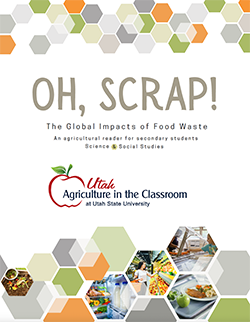
A digital agricultural reader for secondary students to investigate the global impacts of food waste. Students will discover the difference between food waste and food loss, understand where food waste and loss occurs along the food commodity chain, and recognize the economic, social, and environmental impacts of food waste. Available in PDF form to print, or digital e-reader to share.
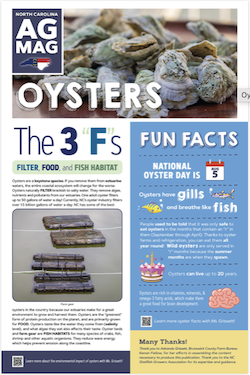
The Oysters Ag Mag was written for elementary, middle, and high school students. In this issue, students will learn about the life cycle of oysters and their importance to coastal ecosystems. Students will discover the many ways to eat oysters, and how where they are grown affects the taste. They will learn the differences between wild and farmed oysters and vocabulary specific to oyster production. This reader includes a map of where oysters are grown in North Carolina. Visit the National Oceanic and Atmospheric Administration's Fisheries webpage to learn more about US-grown oysters. The reader can be viewed by students electronically, as a class with a SMARTboard, or printed.
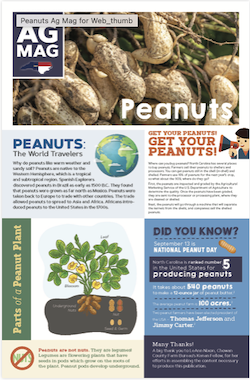
The Peanuts Ag Mag was written for elementary and middle school students. In this issue, students will learn about the history and origin of peanuts and how peanuts are grown, harvested, and sold. They will learn about the life cycle of the peanut plant, and pests that affect the plant. They will discover George Washington Carver's contribution to agriculture. This reader includes specific statistics for North Carolina and includes a map of where peanuts are grown in the state. Visit the National Peanut Board to discover if your state produces peanuts and learn more about America's peanut production. This reader can be viewed by students electronically, as a class with a SMARTboard, or printed.
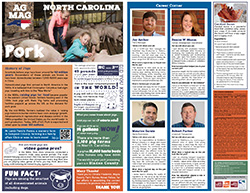
The Pork Ag Mag was written for elementary and middle school students. In this issue, students learn about the history of domesticated pigs, the life cycle of a pig, careers, fun facts, and more. This ag mag includes specific statistics for North Carolina, the 2nd largest pork producing state. Visit the Interactive Map to discover where your state ranks in pork production. The reader can be viewed by students electronically on individual devices, as a class with a projector, or printed.
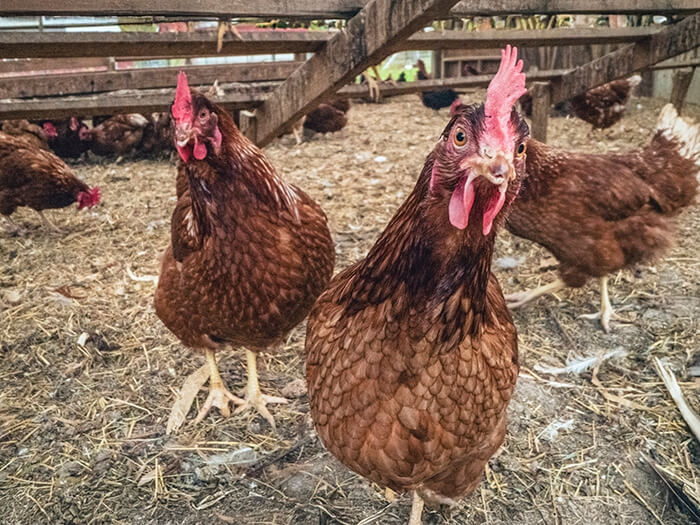
This printable four-page reader is packed with information about chickens, turkeys, and other poultry. Use this reader to share information about the parts of an egg, poultry-related careers, the diets of chickens, and more.
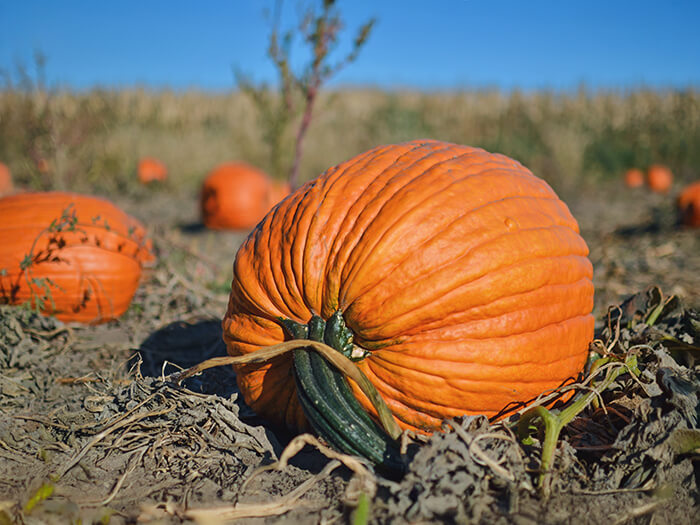
Use this 4-page reader for students to self-discover facts about pumpkins. What are pumpkins? Topics include: Pumpkin vocabulary, plant anatomy, pumpkin history, varieties of pumpkins, and more.
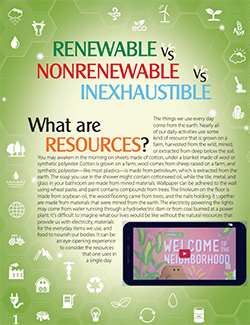
An interactive digital e-magazine describing the differences between renewable, nonrenewable, and inexhaustible resources.

This 18-page downloadable PDF reader contains activities and articles to enhance lessons on soil. The reader features an interview with an agriculture engineer and includes puzzles, quizzes, and visuals. The student reader and teacher guide are available free from the Nutrients for Life Foundation.